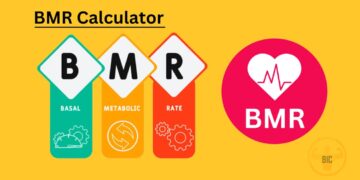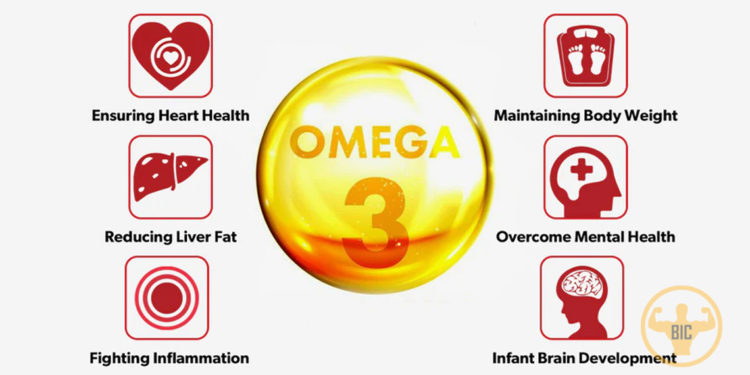Question: I’m convinced that omega-3 supplements are legit. But, is it best to take omega-3 on its own, or as part of an omega 3-6-9 supplement?
I’ve been getting this question a lot lately. After all, it seems to make sense that getting a variety of healthful and essential fats in one supplement is better than a supplement that is limited to just one type of fat.
Nevertheless, my quick answer is to stick with just an omega-3 supplement. The reason isn’t a problem with 3-6-9 supplements themselves, but rather with the way most of us eat.
Let’s explore this topic a bit further al learn more about omega 3 vs. omega 3-6-9.
The Alpha Omega
I’m all about matching up the right supplements precisely to the right athlete and his or her goals.
However, if there’s one supplement that I recommend for anyone and everyone, it’s fish oil, or more specifically, the omega-3 fatty acids eicosapentaenoic acid (EPA) and docosahexaenoic acid (DHA).
And I mean everyone: your grandmother, your father, your sister, your nephew, and even your kids.
Omega-3 supplements provides far too many health benefits to ignore. They also have muscle-building and fat-loss benefits for athletes. And despite what you may have read in the headlines, they’re safe.*
Like omega-3 fats, omega-6 fats are essential in the diet, and they provide numerous health benefits, but there’s a major difference.
Because omega-6 fats are commonly found in vegetable oils, nuts, and grain-fed meats, they aren’t a fat most Americans are deficient in. This is problematic because, despite being essential, these fats can become downright unhealthy when the ratio of omega-6 to omega-3 gets higher than 4:1.
Consistently eating a diet that is higher than this ratio of omega-6 to omega-3 fats may contribute to the development of heart disease, cancer, asthma, arthritis, and even depression.
Plus, it can prevent optimal muscle recovery and growth, as well as inhibiting fat loss. Sadly, most American and European diets put people well over this 4:1 ratio of omega-6 to omega-3 fats.
When the ratio of omega-6 to omega-3 fats is closer to 1:1, the risk of these diseases is significantly decreased, and muscle growth and fat loss are enhanced.*
Like the omega-3 and omega-6 fats, the omega-9 fats also provide health benefits, namely anti-inflammatory properties that enhance joint healing and may help prevent numerous diseases.* But unlike omega-3 and omega-6, the omega-9 fatty acids are not essential fats.
This means that your body can produce them on its own. Plus, omega-9 fats are also found in olive oil and other vegetable oils.
So, if you include olive oil in your diet, which you should, you are likely getting adequate amounts of omega-9 fats.
Supplement What Your Diet Lacks
When discussing omega-3 vs. omega-3-6-9, people often question the necessity of supplementing in a specific ratio, given its importance.
The primary issue with most individuals’ omega-fat ratios is an insufficient amount of omega-3s.
Supplementing with omega-6 fats, even in a 3-6-9, will only further reinforce the bad ratio for them. After all, omega-3-6-9 supplements generally have only 10-20 percent the amount of omega-3 fats as omega-3 fish oil supplements.
My advice is to skip the omega-9 supplements and focus on supplementing with omega-3, like fish oil. In addition, regularly use olive oil for cooking and in salad dressings.
If you do this, you’ll get a proper ratio of omega-6 to omega-3 fats and still take in adequate amounts of omega-9s. Plus you’ll get all the benefits that come with these fats.
I recommend taking a minimum of 6 grams of omega-3s in the form of fish oil every day, split between two or three doses of 2-3 grams apiece. If you want to be precise on your dosing, aim to take 1,500 milligrams of DHA per day. Your fish oil supplement should tell you how much DHA and EPA are in each capsule.
Getting in 1,500 milligrams of DHA will also net you an adequate amount of EPA, which is in higher amounts in fish oil than DHA.
*These statements have not been evaluated by the Food and Drug Administration. This product is not intended to diagnose, treat, cure, or prevent any disease.













































